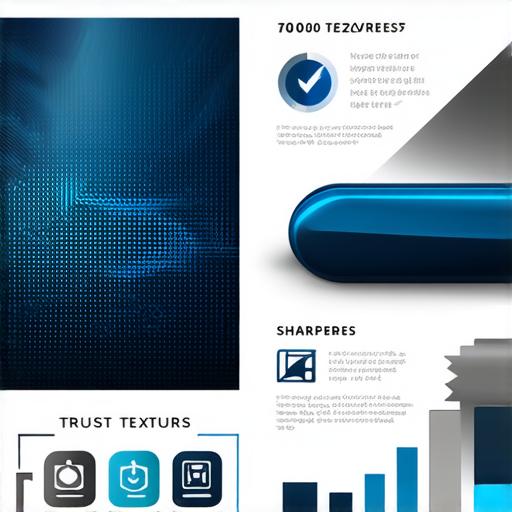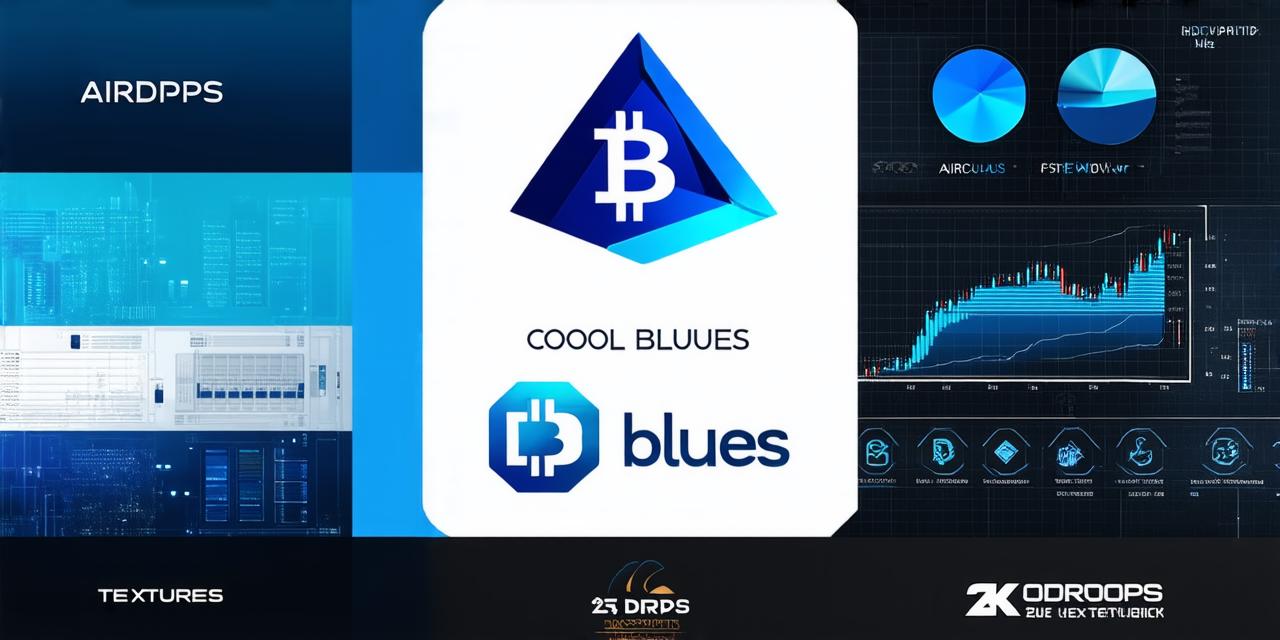AirDrop is a term used to describe a method of distributing cryptocurrencies to users without requiring any prior investment or purchasing. It’s an innovative way for blockchain projects to reward their early adopters and attract new users by offering free tokens or coins.
What is AirDrop?
AirDrop is a technique used to distribute cryptocurrencies to potential users by allowing them to receive tokens or coins without any prior investment. The process typically involves a blockchain project sending a certain amount of their native token or coin to users’ digital wallets.
The users then need to follow specific instructions or complete certain tasks, such as creating an account on the project’s website or engaging with their social media pages. Once the user completes these tasks, they receive the tokens or coins, which can then be used to purchase goods and services within the project’s ecosystem or traded on cryptocurrency exchanges.
AirDrop is a popular method for blockchain projects looking to increase their user base and gain traction in the market. It’s often used as a way to incentivize users to engage with the project and promote it to others, which helps to create a buzz around the platform. Additionally, AirDrop can be an effective way for new projects to build a loyal community of users who are invested in the success of the platform.
How does AirDrop work?
The process of AirDrop varies depending on the project and the specific tokens or coins being distributed. However, there are some general steps that most AirDrop campaigns follow:
- The blockchain project creates a certain number of tokens or coins that they want to distribute through AirDrop.
- They then create a set of instructions or tasks that users must complete in order to receive the tokens or coins. These instructions may include creating an account on the project’s website, engaging with their social media pages, or sharing information about the project with others.
- The project then uses a smart contract to automatically distribute the tokens or coins to users who have completed the specified tasks.
- Users can then use the tokens or coins to purchase goods and services within the project’s ecosystem or trade them on cryptocurrency exchanges.

AirDrop campaigns can be simple or complex, depending on the goals of the project and the resources they have available. Some projects may opt for a more straightforward approach, such as sending tokens or coins directly to users who sign up for their newsletter or follow their social media pages. Others may require users to complete more extensive tasks, such as developing a decentralized application (dApp) or contributing code to the project’s open-source codebase.
The benefits of AirDrop
There are several reasons why AirDrop is an effective method for blockchain projects looking to increase their user base and gain traction in the market:
- Increases brand awareness: By offering free tokens or coins through AirDrop, a project can attract new users who may not have been aware of their platform before. This increased visibility can help to build brand awareness and generate interest in the project’s products and services.
- Builds a loyal community: When users receive free tokens or coins through AirDrop, they become more invested in the success of the project. This can help to create a sense of loyalty and community around the platform, which can be beneficial for future development and growth.
- Encourages user engagement: By requiring users to complete specific tasks in order to receive tokens or coins, AirDrop campaigns can encourage users to engage with the project on a deeper level. This engagement can lead to increased adoption of the project’s products and services, as well as valuable feedback that can be used to improve the platform.
